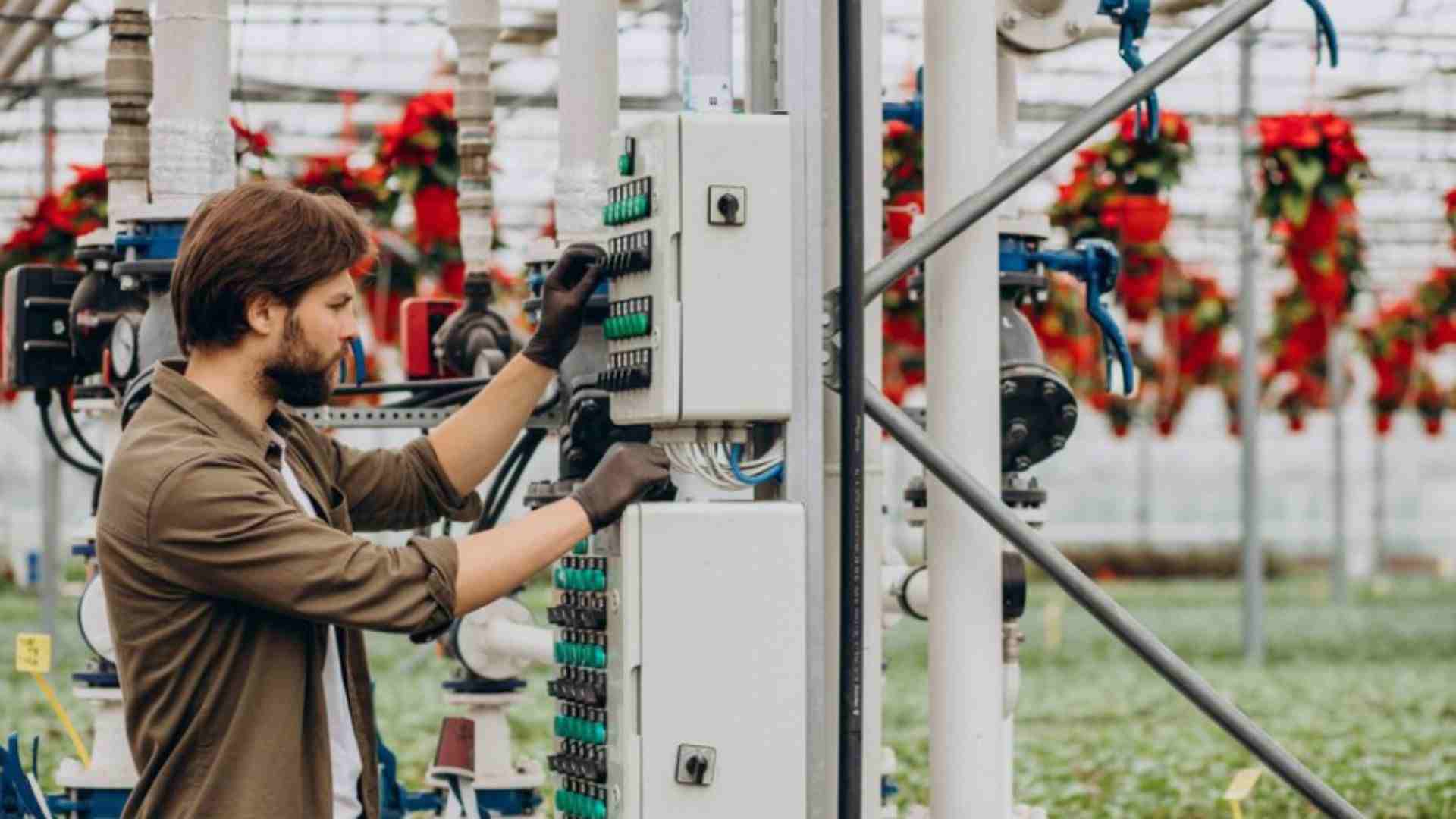How is Electrical Enclosures Important with Manufacturing Technology Overview

The essence of modern electrical systems lies not just in their ability to transmit and control power but also in the mechanisms in place to protect those systems from harm.
Central to this protective measure are electrical enclosures, which serve as the first line of defense for electrical components against environmental threats, unauthorized access, and potential hazards.
The importance of electrical enclosures cannot be overstated, with their role extending beyond protection to include enhancing the functionality and longevity of electrical systems.
This article explores the critical aspects of electrical enclosures, including their importance, the care they require, and technology use by the electrical enclosure manufacturers.
The Vital Role of Electrical Enclosures
Electrical enclosures are more than mere boxes; they are meticulously designed systems that offer a sanctuary for electrical and electronic equipment.
From harsh outdoor environments to the controlled conditions of a manufacturing floor, enclosures ensure that sensitive components remain operational under various circumstances.
They prevent the ingress of dust, moisture, and other contaminants, and protect against mechanical impacts, unauthorized tampering, and even electromagnetic interference. Moreover, in areas where electrical hazards could pose risks to personnel, enclosures act as a critical barrier, reinforcing safety protocols and compliance with international standards.
Care and Maintenance: Ensuring Longevity and Reliability
While enclosures are built to protect, their ability to do so consistently over time depends on proper care and maintenance. Regular inspections are essential to identify and rectify potential issues, such as seal degradation, corrosion, and damage that could compromise their integrity.
Cleaning protocols vary depending on the enclosure material and environment but generally include removing debris, checking for moisture accumulation, and ensuring that ventilation systems are unobstructed. For environments prone to extreme conditions, additional measures, such as the application of protective coatings and the use of climate control accessories, can extend the life and functionality of the enclosures.
Technologies for Electrical Enclosures manufacturing
Let’s delve into some of the key technologies and features that most manufacturers are incorporating into their electrical enclosures.
Materials and Durability
- Stainless Steel: Widely used for its corrosion resistance, durability, and strength. Stainless steel enclosures are ideal for harsh environments, such as those with high moisture or in marine applications.
- Polycarbonate and Fiberglass: These materials offer excellent durability and are lighter than metal enclosures. They are resistant to corrosion, impact, and UV radiation, making them suitable for outdoor applications and industries with harsh chemicals.
- Aluminum: Known for its lightweight and corrosion-resistant properties, aluminum enclosures are used in applications where weight and resistance to the elements are critical factors.
Protection Standards
- IP Rating (Ingress Protection): Enclosures are designed to meet specific IP ratings to ensure protection against ingress of solid objects (like dust) and liquids. For example, an IP67 enclosure is completely dust-tight and can withstand temporary immersion in water.
- NEMA Rating (National Electrical Manufacturers Association): In the United States, NEMA ratings indicate the enclosure’s ability to protect against environmental conditions, including falling dirt, rain, sleet, windblown dust, and ice formation.
Thermal Management
- Cooling Systems: To maintain optimal operating temperatures, manufacturers integrate cooling systems into enclosures. These can be passive systems, like heat sinks and thermal pads, or active systems, such as air conditioners, air-to-air heat exchangers, and fan ventilation.
- Heating Systems: In cold environments, heating elements are incorporated to prevent freezing or condensation, ensuring the equipment operates effectively.
Modularity and Flexibility
- Modular Enclosures: These allow for customization and scalability. Modular designs enable easy assembly, reconfiguration, and expansion of enclosures to meet changing needs.
- Mounting Options: Manufacturers offer various mounting options, including wall-mounted, floor-standing, and pole-mounted enclosures, providing flexibility in installation and use in diverse environments.
Connectivity and Smart Features
- IoT Integration: With the rise of the Internet of Things (IoT), enclosures are being designed with smart features, such as remote monitoring and control. This includes sensors for temperature, humidity, and access, which can send alerts and data to a centralized system for predictive maintenance and efficient energy management.
- EMI/RFI Shielding: Electromagnetic interference (EMI) and radio frequency interference (RFI) shielding protect sensitive electronic components from external electromagnetic fields, ensuring uninterrupted performance.
Security and Access Control
- Locking Mechanisms: Advanced locking systems, including key locks, combination locks, and electronic locks, enhance security and restrict unauthorized access.
- Tamper Detection: Some enclosures are equipped with tamper-detection features that alert system administrators when unauthorized access attempts are made.
Environmental and Energy Efficiency
- Eco-friendly Materials: Manufacturers are increasingly using recyclable and environmentally friendly materials to minimize the environmental impact.
- Energy-efficient Design: Enclosures are designed to optimize energy use, particularly in thermal management systems, reducing operational costs and carbon footprint.
Conclusion
Electrical enclosures serve as the guardians of the electrical world, encapsulating the delicate and dangerous in a shell of safety and functionality.
Their importance extends beyond mere protection to encompass the enhancement of system performance and reliability. Through diligent care and maintenance, these enclosures can continue to serve their vital purpose for years. At the heart of this industry are innovative manufacturers, constantly pushing the boundaries of what’s possible in enclosure design and technology.
Their contributions not only keep the lights on and machines running but also drive the industry towards a future where electrical systems are safer, more efficient, and seamlessly integrated into the fabric of modern life.

